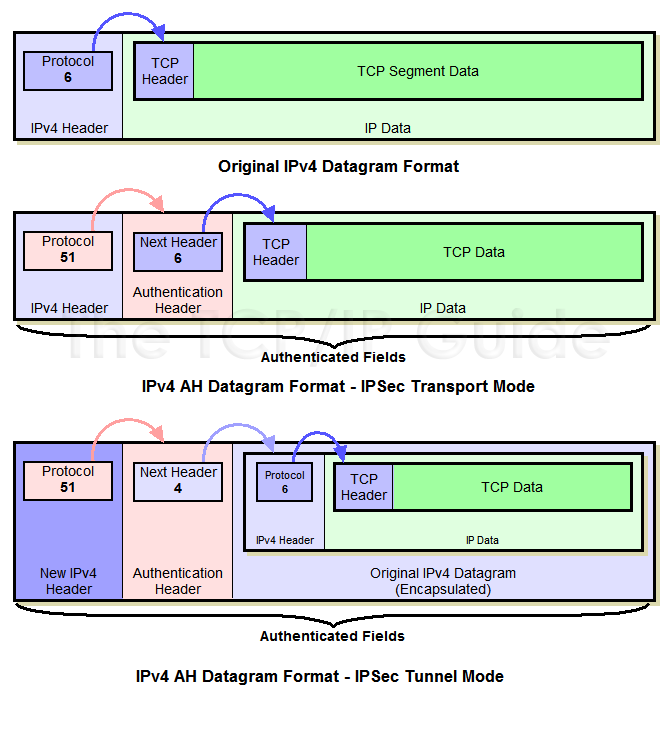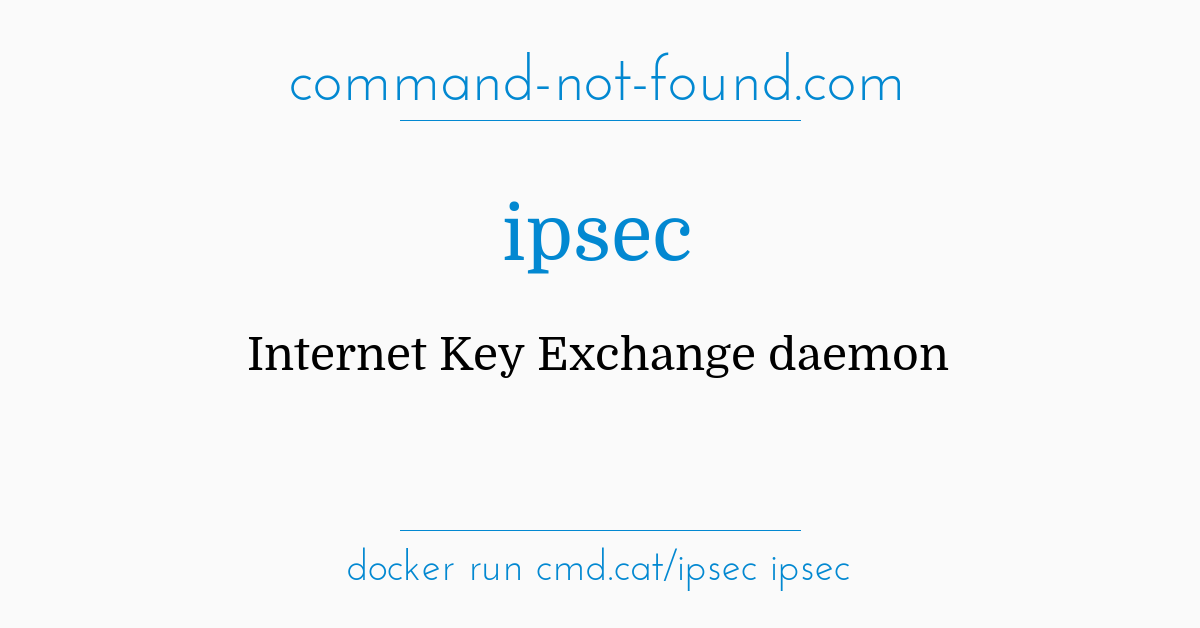

#Ipsec on an edgeview series#
On SRX Series devices, IKEv1 or IKEv2 is supported with dynamicĮndpoint VPNs. IP address is referred to as a dynamic endpoint and a VPN established with a dynamic endpoint is referred to as Source IP address into a different address. Or, the peer canīe located behind a NAT device that translates the peer’s original That moves between different physical locations. Remote access client in a branch or home office or a mobile device For example,Ī peer can have an IP address dynamically assigned by means of Dynamic The peer with which it is establishing the VPN connection. Disabling this might resolve compatibilityĪn IPsec VPN peer can have an IP address that is not known to Specify the type of certificate (PKCS7Įnabled by default. Table 2: Recommended Configuration for Site-to-Site or Dialup VPNs with Dynamic Disabling this feature might resolveĬompatibility issues with third-party peers. Approved encryption algorithm for FIPS andĮnabled by default. Peers perform a second DH exchange to produce the key used for IPsecĮncapsulating Security Payload (ESP) protocolĮSP provides both confidentiality through encryptionĪnd encapsulation of the original IP packet and integrity throughĪES is cryptographically stronger than DES and 3DES when PFS DH group 14 provides increased security because the

Perfect Forward Secrecy (PFS) DH group 14 SHA-256 provides more cryptographic security than SHA-1 Secure Hash Algorithm 256 (SHA-256) authentication (FIPS) and Common Criteria EAL4 standards. ApprovedĮncryption algorithm for Federal Information Processing Standards Standard (DES) and Triple DES (3DES) when key lengths are equal. Specify the type of certificate (PKCS7 or X.509) on the peer.ĭH group 14 provides more security than DH groups 1,Īdvanced Encryption Standard (AES) encryptionĪES is cryptographically stronger than Data Encryption RSA or DSA certificates can be used on the local device. Used when peers have static IP addresses. Table 1: Recommended Configuration for Site-to-Site VPN with Static IP Addresses Configure an IPsec VPN tunnel that references both the.Specify perfect forward secrecy (PFS) keys. Configure an IPsec policy that references either yourĬustom IPsec Phase 2 proposal or a predefined IPsec Phase 2 proposal.This step is optional, as you can use a predefined IPsec Phase 2 proposal (Optional) Configure a custom IPsec Phase 2 proposal.Configure Phase 2 of the IPsec VPN tunnel.Of the remote gateway is not known, specify how the remote gateway Specify the IKE IDs for the local and remote devices. Configure an IKE gateway that references the IKE policy.Mode (main or aggressive) for the Phase 1 exchanges. SpecifyĪutokey IKE preshared key or certificate information. IKE Phase 1 proposal or a predefined IKE Phase 1 proposal set. Configure an IKE policy that references either your custom.Step is optional, as you can use a predefined IKE Phase 1 proposal (Optional) Configure a custom IKE Phase 1 proposal.Configure Phase 1 of the IPsec VPN tunnel.(For route-based VPNs) Configure a secure tunnel st0.x interface.


 0 kommentar(er)
0 kommentar(er)
